

Click on my logo to go my store!
 |
 Click on my logo to go my store! |
|---|
| WEBBY WANDA'S CAMEL SCIENCE FACTS |
|---|
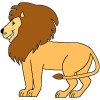 |
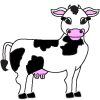 |
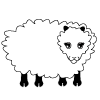 |
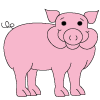 |
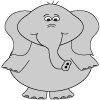 |
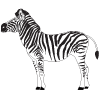 |
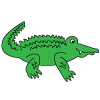 |
Lessons |
|---|
|
|
|---|
| Home | Blog | Videos | Characters | For Grown Ups | Voice Over Characters | Arts and Crafts | Educational | Webby Wanda's Shop |
|---|
PETS AND FARM ANIMALS FRUITS AND VEGETABLES HOLIDAYS |
 |
|||||
Click on the camel to go to how to draw a Cartoon Camel |
||||||
Fast Facts They are mammals, which means they are warm blooded, and their young babies survive on the mothers milk until they are old enough to eat plants and shrubs. They are herbivores, meaning they eat plants. Baby camels are born with their eyes open and can run when only a few hours old. Like a lamb they call their mothers with a "baa".. Like their grown up mom's and dads' they can store 80 lbs (36 kg) of fat in their humps. |
There are two different kinds of camels, Bactrian camels that have two humps on their backs where they store fat. Dromedaries have only one hump, and are commonly called Arabian camel,. but both these types of camels use their stored fat that sits in their hump(s) as energy and water when they are far away from food and a source of water.. The only truly wild camels that still exist are Bactrian camels. These herds survive in the Gobi Desert of Mongolia and China, but number less than 400. They are critically endangered in the wild. In the cold of winter, plants help yield enough moisture to sustain a camel without water for several weeks. When camels do refill, however, they soak up water like a sponge. A very thirsty animal can drink 30 gallons (135 liters) of water in only 13 minutes.
|
|
||||
Bactrian camels can live up to 50 years in the wild. They can weigh about 1,800 lbs (816 kg). They have been used as pack animals, transportation, and clothing for 6,000 years. Camels sometimes spit or kick when they are threatened. |
In the Gobi Desert, Bactrians group together around mountain areas where snow and springs provide water in the winter. Bactrian camels live in Central and East Asia's rocky deserts where it gets very cold in winter and hot in the summer. Temperatures can be over 100 degrees F (38 degrees C) in summer and drop to -20 degrees F (-29 degrees C) in winter. Because they store fat only in their humps, they have developed special adaptations to help them to survive in such a harsh environment. They have a thick, shaggy coat that protects them in winter and sheds as seasons change and temperatures rise. This is called molting. Camel fur is used to make clothing.
|
|||||
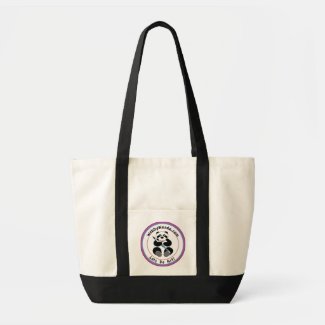 Panda Logo for webbywanda.com Tote Bag. by WebbyWanda HELP THE ENVIRONMENT USE A TOTE BAG! Thank you! COUPONS: http://www.zazzle.com/coupons |
Bactrian Camels are not as tall as dromedaries and are about 6.5 feet (2 meters) tall. Dromedaries have much longer legs. All camels have wide-toed hoofs with nails and big, flat footpads to keep them from sinking into snow or sand. Bactrians have rough feet for crossing rocky deserts of Asia. Camels move both legs on one side of the body forward at the same time, like giraffes and race horses. This is called pacing. They walk at about 3.5 mph (5.5 kph) and cannot run for long distances. Like Giraffes, Camels have long necks so they can reach high branches the the leaves and bunds, and so they can dip their heads to drink and graze without having to bend their legs. They chew the cud or ruminate their food the way cows do. When its windy, Bactrians' nostrils close to block sand, and their bushy eyebrows and two rows of long eyelashes protect their eyes from blowing sand and ice. The only truly wild camels that still exist are Bactrian camels. These herds survive in the Gobi Desert of Mongolia and China, but number less than 400. They are critically endangered in the wild. |
|||||
| Home | About Us | Contact Us | Videos | Affiliates | Advertise With Us and Sponsors | Link to Us |
|---|
| Water Color with Wanda Copyright 2010 All Rights Reserved, ™ A production of Twin Dolphin Studios How to draw a cartoon camel with www.webbywanda.com, webbywanda.tv- All Copyrights Reserved 2012© |
|---|